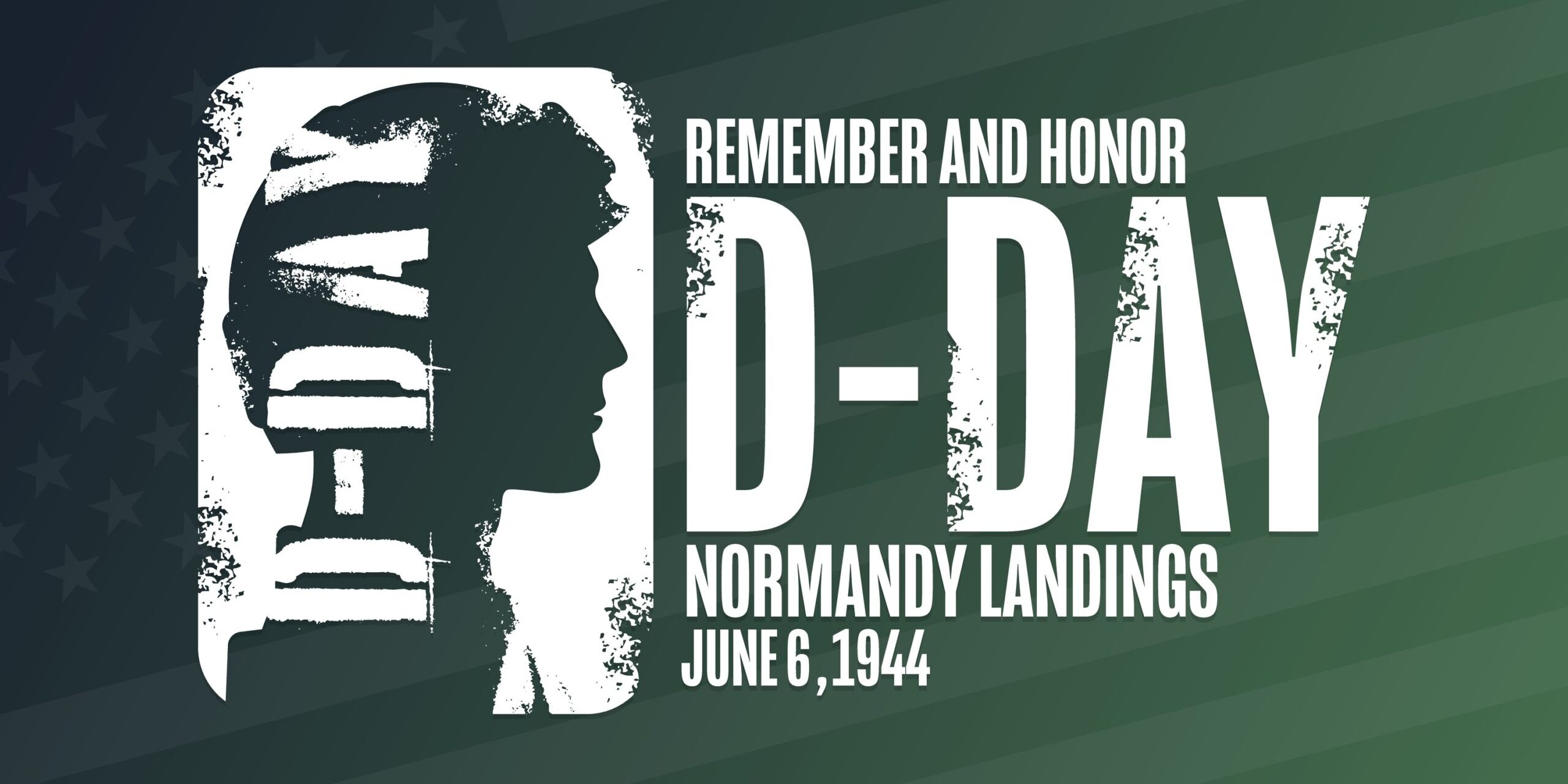Commemorating the 81st Anniversary of D-Day: A Turning Point in World History
On June 6, 2025, the world marks the 81st anniversary of D-Day, the Allied landings on the beaches of Normandy that changed the course of World War II and the 20th Century. Known formally as Operation Overlord, this massive military campaign was the largest amphibious invasion in history. It was the beginning of the end for Nazi Germany and a critical moment that reshaped Europe’s political, military, and moral trajectory. More than eight decades later, the legacy of D-Day continues to resonate, with solemn tributes at the cemeteries and memorials that dot the French coast and beyond.
The Planning of Operation Overlord
The road to D-Day began years before 1944, with meticulous planning between Allied leaders—most notably General Dwight D. Eisenhower, appointed Supreme Commander of the Allied Expeditionary Force, and British General Bernard Montgomery, who played a critical role in shaping the ground strategy. Operation Overlord was conceived as the decisive blow that would liberate Western Europe from Nazi occupation.
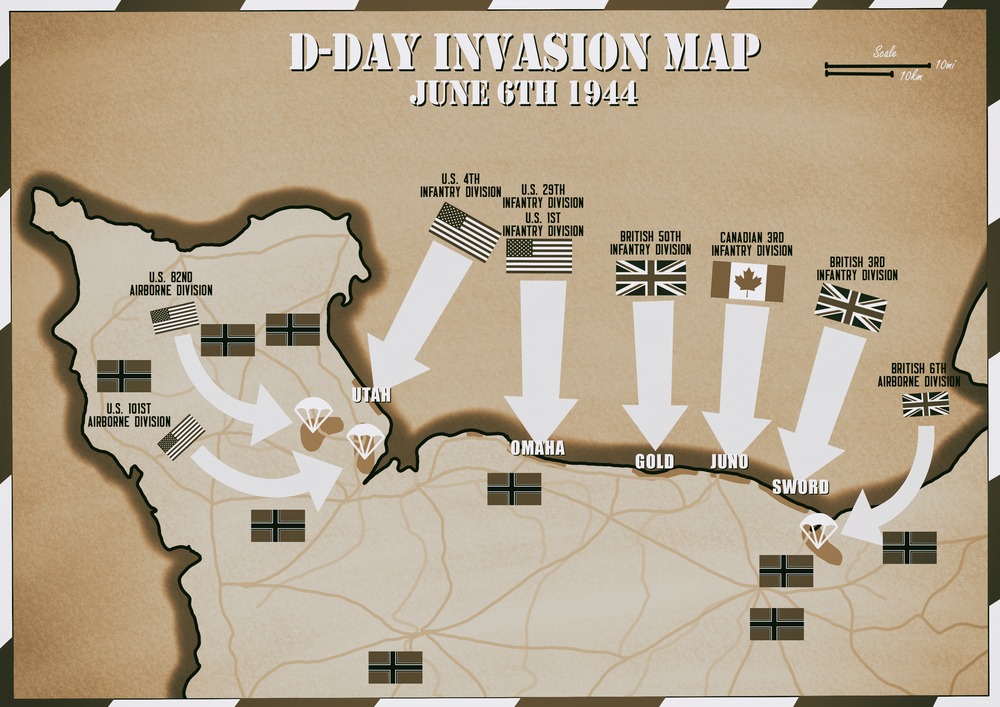
The Allies selected Normandy, France, for its relative lack of heavy fortifications compared to the Pas-de-Calais, where Hitler expected an invasion. The planning involved elaborate deception tactics under the code name Operation Bodyguard. These included fake radio transmissions, dummy tanks and landing craft, and the deployment of General George Patton to lead a fictitious First U.S. Army Group, all aimed at convincing the Germans that the attack would occur at Calais.
Meteorologists, intelligence experts, engineers, and logisticians all played key roles. Engineers crafted specialized landing vehicles, such as the Higgins boats, while planners scheduled the assault for a day when tides, moonlight, and weather would favor the operation. Delayed by inclement weather, the operation ultimately commenced on June 6, 1944, under conditions that were far from ideal but deemed acceptable.
The Execution of the Landings
In the early morning hours of June 6, Allied aircraft and naval guns opened a fierce bombardment on German defenses. Paratroopers from the U.S. 82nd and 101st Airborne Divisions, as well as the British 6th Airborne Division, were dropped behind enemy lines to disrupt communications, capture key bridges, and prevent German reinforcements from reaching the beaches.
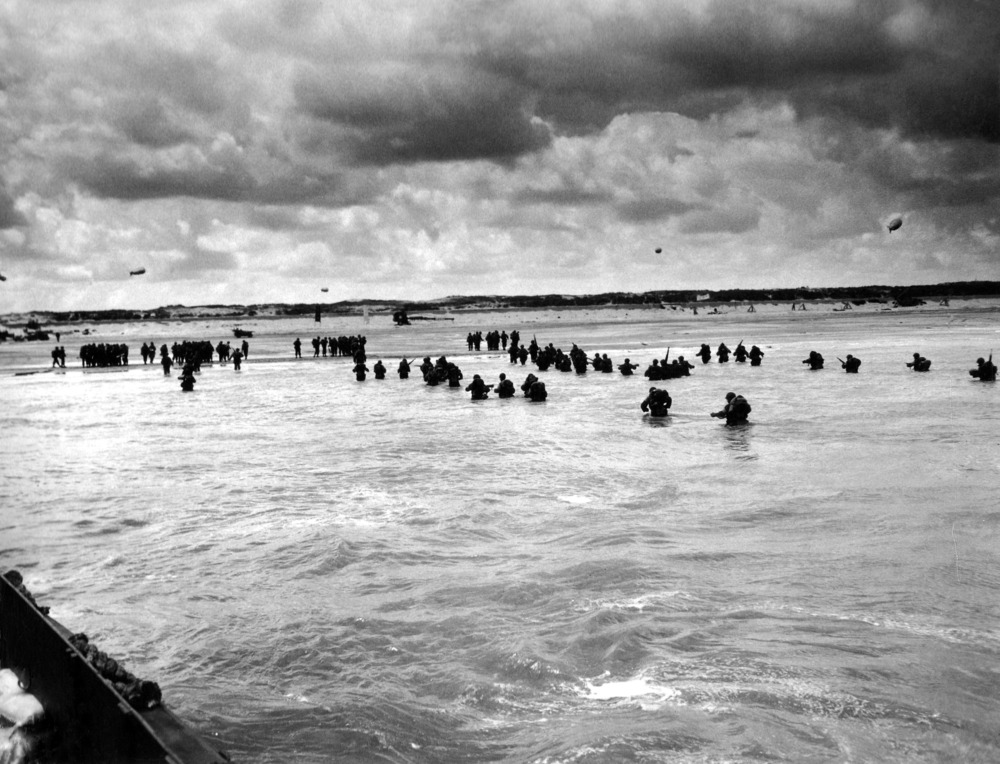
At dawn, over 156,000 troops from the United States, the United Kingdom, Canada, and other Allied nations stormed five beach sectors: Utah, Omaha, Gold, Juno, and Sword. Each beach presented its own unique challenges. At Omaha Beach, American forces suffered the heaviest casualties due to formidable German defenses, rough seas, and mislandings. Meanwhile, British and Canadian forces faced intense resistance but managed to move inland more swiftly.
Naval support and logistical coordination were critical. Over 5,000 ships and landing craft crossed the English Channel, including battleships, cruisers, and destroyers providing covering fire. Engineers worked furiously to clear beach obstacles, build makeshift roads, and repair landing zones to allow the massive follow-up waves of troops and equipment to arrive.
By the end of the day, the Allies had established a tenuous but crucial foothold in Normandy. Over 10,000 Allied casualties were recorded, including more than 4,000 dead. Yet the beachheads held, and the gateway to Western Europe had been breached.
The Impact on the War
D-Day was a pivotal moment in World War II. It marked the beginning of the Allied liberation of France, which continued with the Battle of Normandy through the summer of 1944. The success of the landings allowed for the establishment of supply lines and coordination between Allied forces as they pushed through France, liberated Paris in August 1944, and continued on toward Germany.
The German war machine, already stretched thin by fighting on the Eastern Front against the Soviet Union, now faced a two-front war. The opening of the Western Front accelerated the collapse of Nazi Germany. Less than a year after the landings, Hitler was dead and the Third Reich had surrendered.
Beyond its military consequences, D-Day also demonstrated the power of international cooperation. American, British, Canadian, Free French, Polish, and other Allied forces worked in concert toward a common goal. The invasion became not only a military triumph but also a symbol of unity against tyranny.
The Impact on the Future of Europe
The success of Operation Overlord laid the groundwork for the postwar rebuilding of Europe. It signaled the restoration of freedom in occupied territories and helped create the conditions for the establishment of democratic governments in Western Europe. The spirit of Allied unity cultivated during the war would later be institutionalized in organizations such as NATO and the European Union.
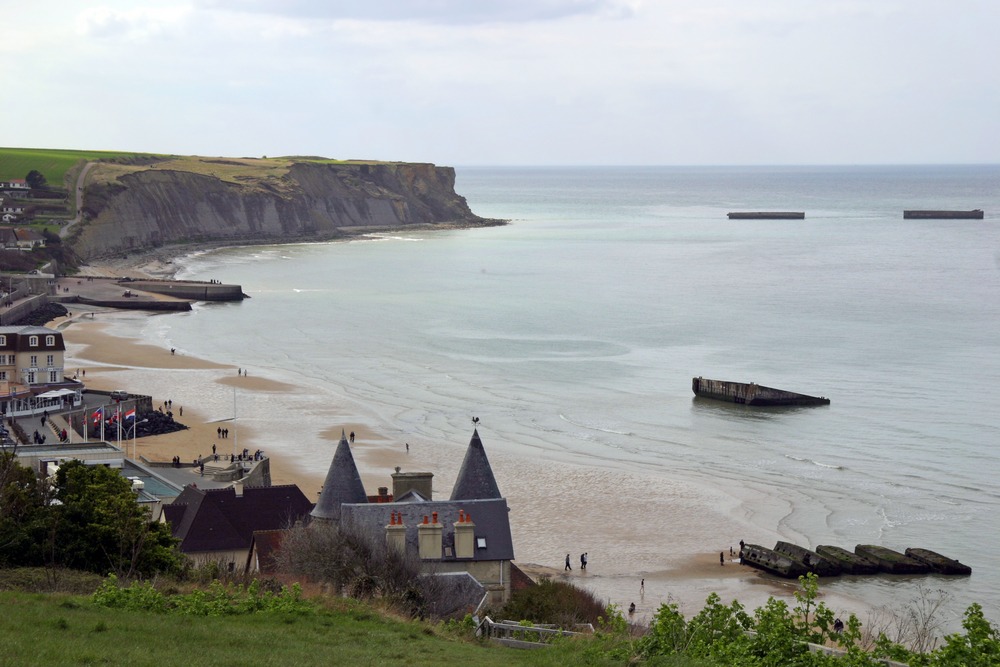
The economic and political order of the continent was permanently altered. The Marshall Plan, launched by the United States in the years following the war, helped rebuild economies shattered by conflict. D-Day marked the beginning of the end not only for Nazi control, but for centuries of recurring continental warfare. It set Europe on a path—however turbulent—toward peace, stability, and integration.
Monuments and Cemeteries in France Commemorating D-Day
The French region of Normandy, where the landings occurred, is dotted with memorials, cemeteries, and museums that preserve the memory of D-Day and the soldiers who fought and died there.
The Normandy American Cemetery and Memorial in Colleville-sur-Mer is perhaps the most iconic. Overlooking Omaha Beach, it contains the graves of 9,388 American soldiers and a wall of the missing with over 1,500 names. White crosses and Stars of David stretch in perfect rows, a somber testament to the cost of liberation.
The British Normandy Memorial in Ver-sur-Mer, inaugurated in 2021, honors more than 22,000 British and Commonwealth soldiers who died in the Battle of Normandy. Nearby is the Bayeux War Cemetery, the largest British cemetery in France, holding the remains of over 4,000 soldiers.
Juno Beach Centre, in Courseulles-sur-Mer, serves as Canada’s primary memorial, with exhibitions dedicated to the Canadian war effort and over 5,000 Canadian troops who gave their lives in the Normandy campaign.
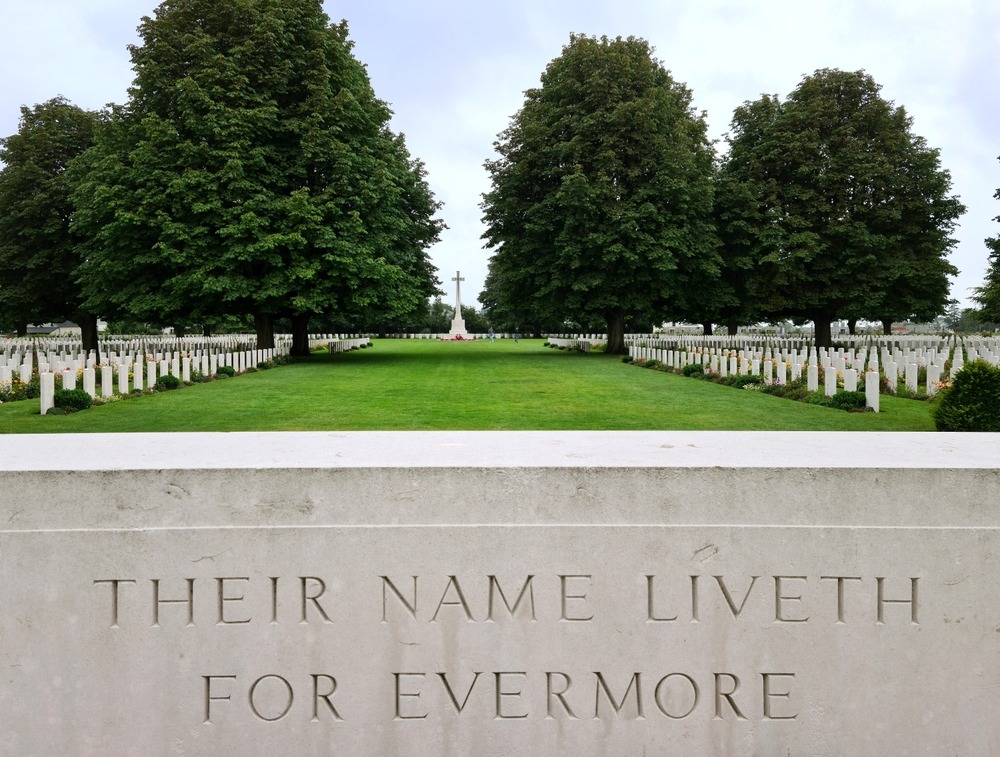
Other notable sites include La Cambe German War Cemetery, where over 21,000 German soldiers are buried; Pointe du Hoc, where U.S. Army Rangers scaled 100-foot cliffs to neutralize German artillery positions; and Pegasus Bridge, where British paratroopers captured a key crossing early in the invasion.
Dozens of local museums, such as the Utah Beach Museum, Overlord Museum, and the Memorial de Caen, provide historical context and personal stories that bring the events of 1944 to life.
Eighty-One Years Later: The Enduring Legacy
As the 81st anniversary is observed, veterans, families, and dignitaries from around the world gather in Normandy to pay homage to those who fought and fell on D-Day. Their sacrifice gave rise to a new era of freedom and unity in Europe. The carefully preserved cemeteries, memorials, and museums ensure that this story is not forgotten.
D-Day was not simply a military operation—it was a moment when the free world stood together in the face of unimaginable evil and began to reclaim a continent. The 81st anniversary is more than a commemoration of a historic battle; it is a reaffirmation of the values of courage, sacrifice, and solidarity that shaped the modern world.


